50 simple ways to live a more eco-friendly sustainable lifestyle
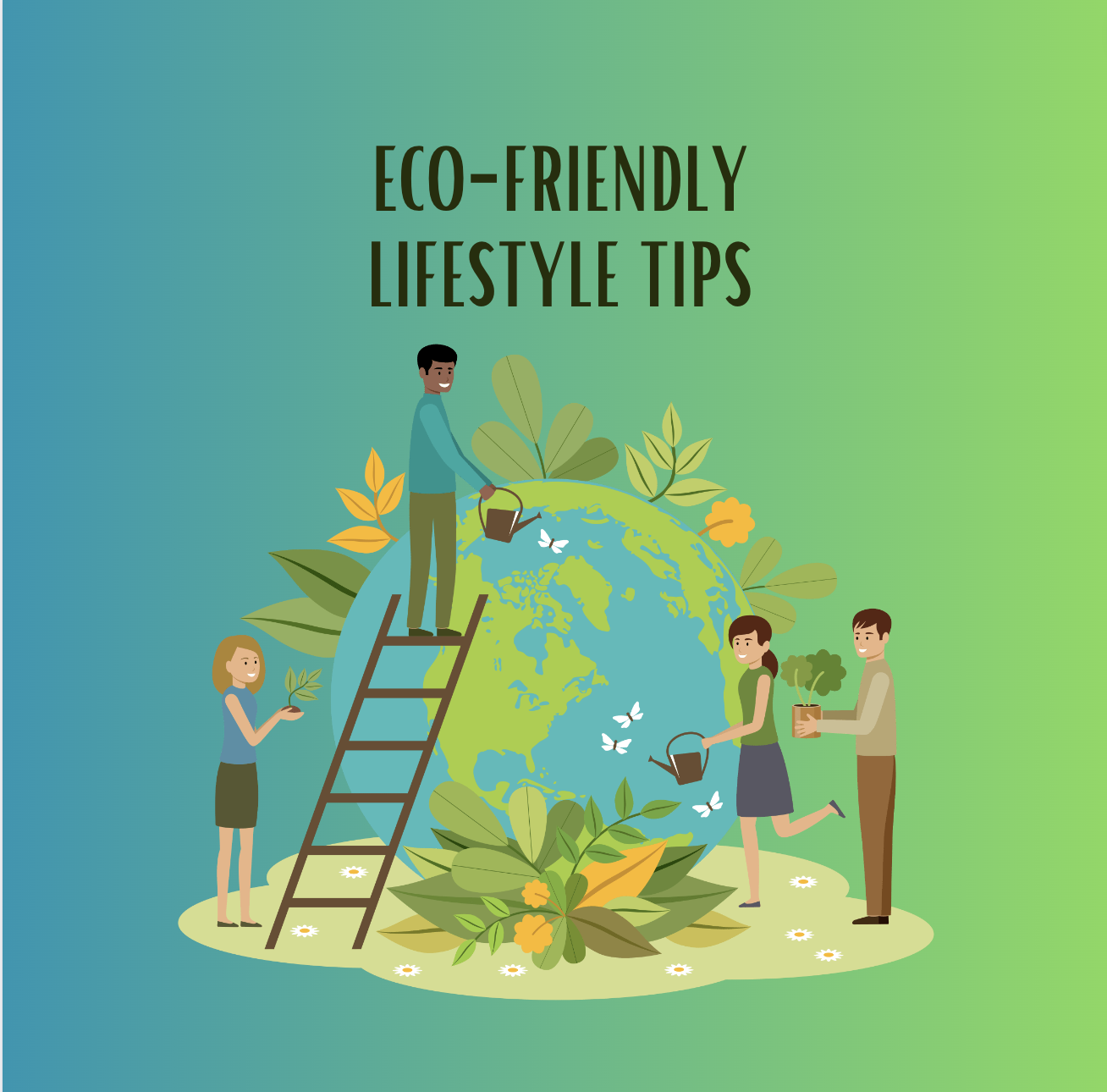
I truly believe , we all share a common desire to become more environmentally friendly. I think it’s safe to say that we want to make a positive impact and leave a better world for future generations. I am sharing 50 simple ways to live a more eco-friendly sustainable lifestyle. From reducing waste, conserving energy, sustainable habits, reduce plastic waste and so much more.
We must take deliberate action and make conscious choices to turn our hopes into reality. From reducing waste, conserving energy and adopting sustainable habits will make a huge impact on our future.
While our family is actively striving to make a positive impact, we also know that there is always room for improvement. By embracing these simple eco-friendly habits, we can collectively contribute to creating a better planet for future generations.
50 Simple Eco-Friendly Lifestyle Habits- Sustainable Tips

The Ultimate Guide To Eco-Friendly Living
The following is an easy guide to the simple things we can all do to live a more sustainable life and help become more environmently friendly and save our planet for future generations.
It starts with using reusable and eco-friendly products.
Why Switch to Reusable and Eco-Friendly Products?
How do we be more environmentally friendly? We can start by using eco-friendly products. This is a really simple way to be more eco-friendly.
Here we can benefit from using eco-friendly products:
- Eco-friendly products are designed with a focus on sustainability, using renewable resources, and minimizing harmful effects on the environment. They often generate less waste and pollution than conventional products.. By choosing eco-friendly alternatives, we can help conserve natural resources, protect ecosystems, and mitigate climate change.
- Many conventional products contain chemicals that can be harmful to our health. Eco-friendly products are typically made from natural and non-toxic ingredients. No chemicals, fragrances, or additives that can cause allergies, respiratory issues, or skin irritations.. By using eco-friendly products, we can create healthier living environments for ourselves and our families.
- Purchasing eco-friendly products backs sustainable practices. Eco-friendly companies prioritize ethical practices such as renewable energy, water conservation, and waste reduction. Our support encourages more businesses to adopt sustainable practices and promotes a shift towards a greener economy.
- The use of eco-friendly products helps protect biodiversity and wildlife habitats. Traditional farming and heavy chemical usage can have disastrous effects on the environment. Organic and sustainable farming methods promote biodiversity and protect wildlife..
- We can inspire positive change by using eco-friendly products. By adopting sustainable practices, we make a commitment to a healthier planet and encourage others to do the same. Small actions can have ripple effects, and collectively, our choices can make a significant impact on the environment.
- From buying coffee beans to storage containers, we need to be aware about sustainable products.
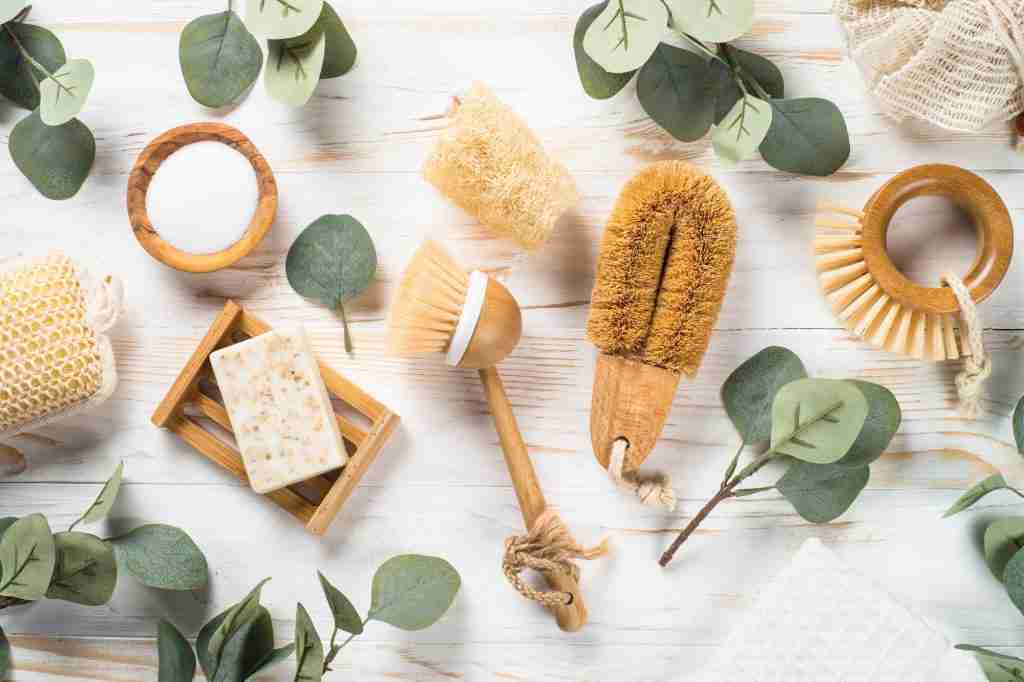
50 Simple Ways To Be Eco-Friendly
1. Use eco-friendly cleaning products
Get started using non-toxic cleaners instead of chemicals. Be aware of the cleaning products as many are harmful to the environment and our health..
Take bleach, for instance, a commonly used cleaning agent in many households, which is highly toxic. Similarly, everyday products like floor polish, oven cleaners, air fresheners, and aerosol sprays may seem harmless, but they actually pose a risk because of their toxic nature. By choosing eco-friendly alternatives, we can ensure a safer environment for ourselves and the planet.
The EPA says conventional cleaners and other products can pollute indoor air up to 10x more than outdoor air.. If you haven’t yet done anything about it, make this the year to start. When you choose eco-friendly, less-toxic cleaning products , detergents, fragrances, candles, body care, and more, you keep your indoor air cleaner and make your home with baking soda and vinegar.
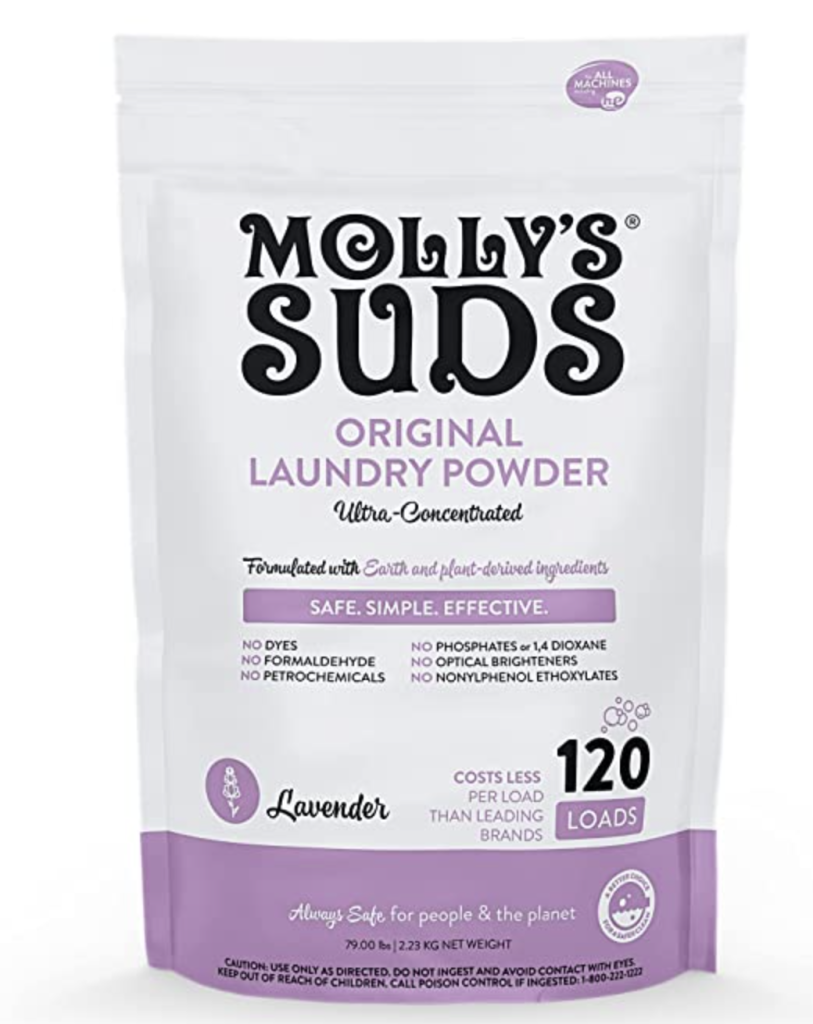
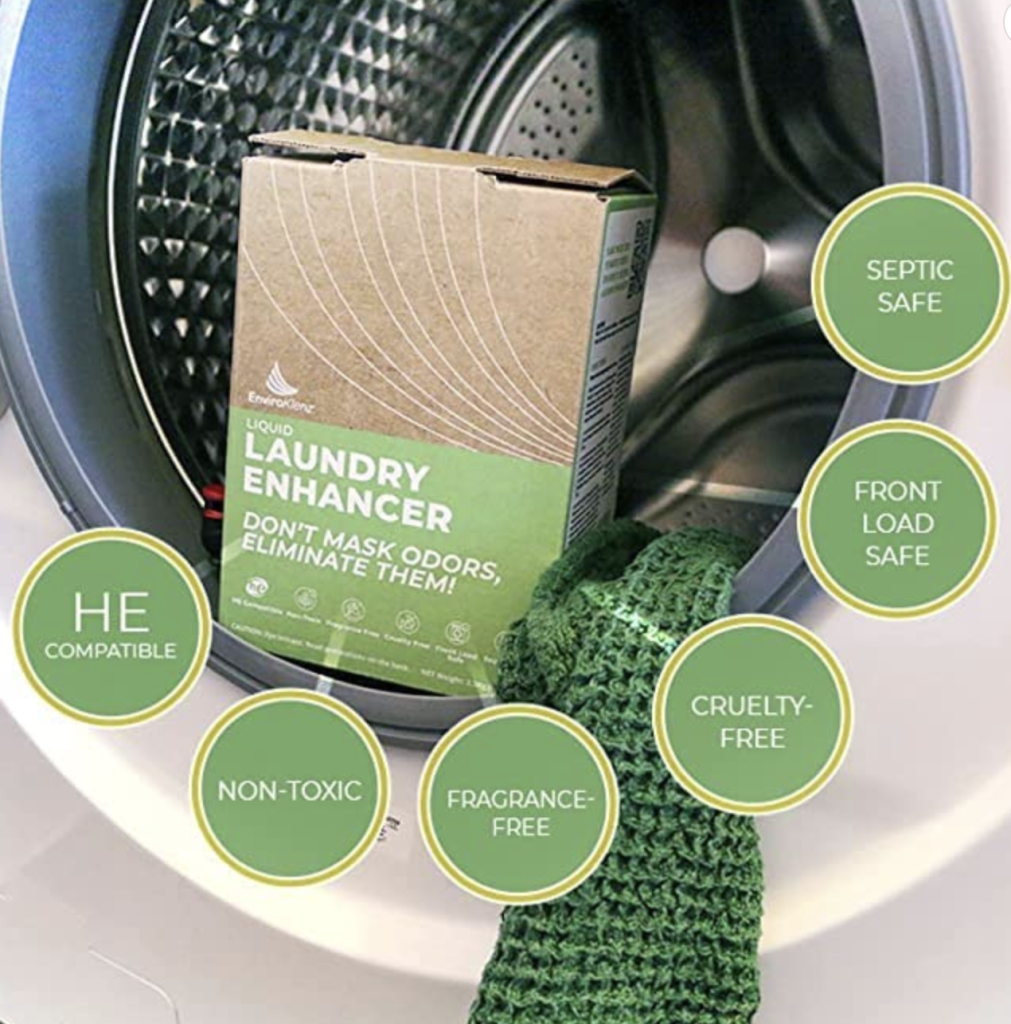
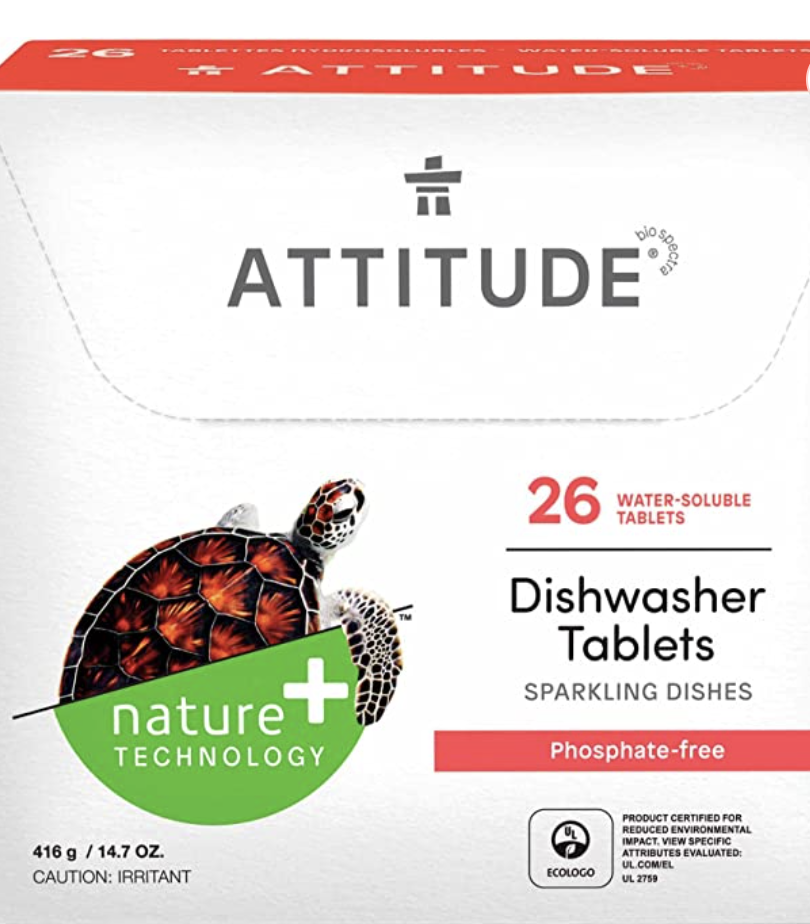
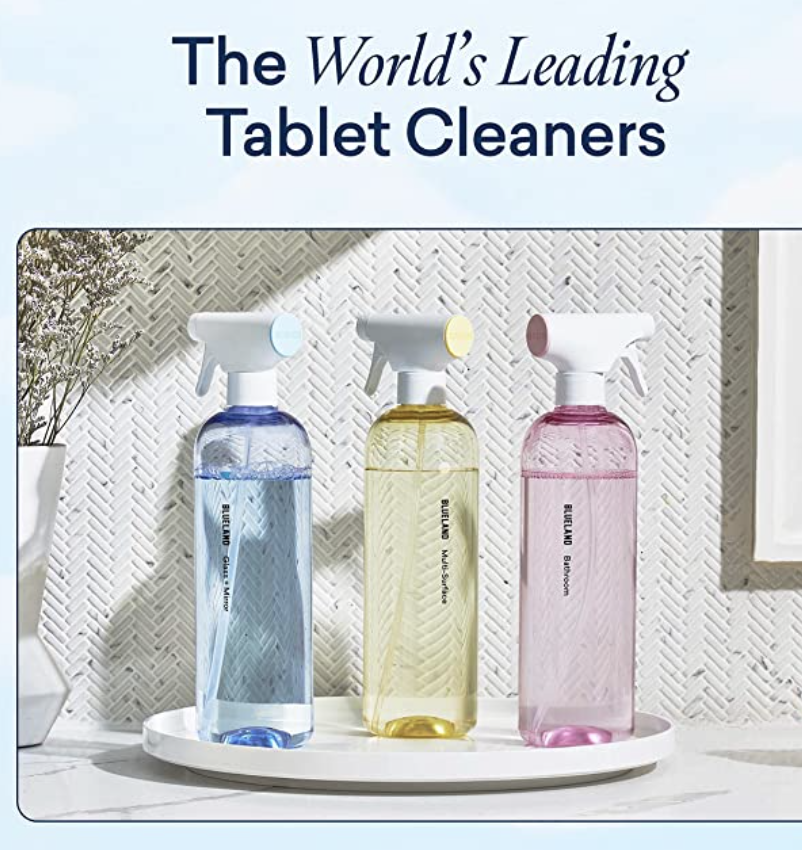
2. Use Cloth Towels Not Paper Towels
Did you know that every year, we dump 570 million pounds of paper into garbage dumps? So, instead of paper towels, use sponges and cloth to clean your home.
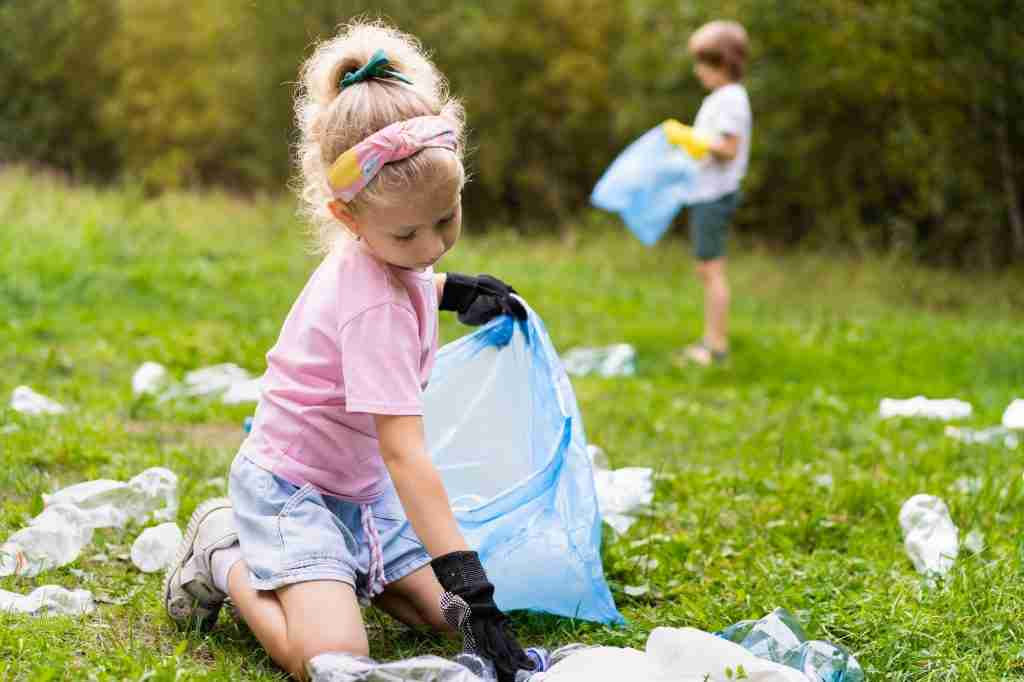
3. Use Biodegradable Trash Bags
Plastic bags are among the top things that pollute the planet the most. If we could all switch to biodegradable bags, we’d be doing the world a huge favor. Biodegradable trash bags are 100% compostable and are BPI certified.
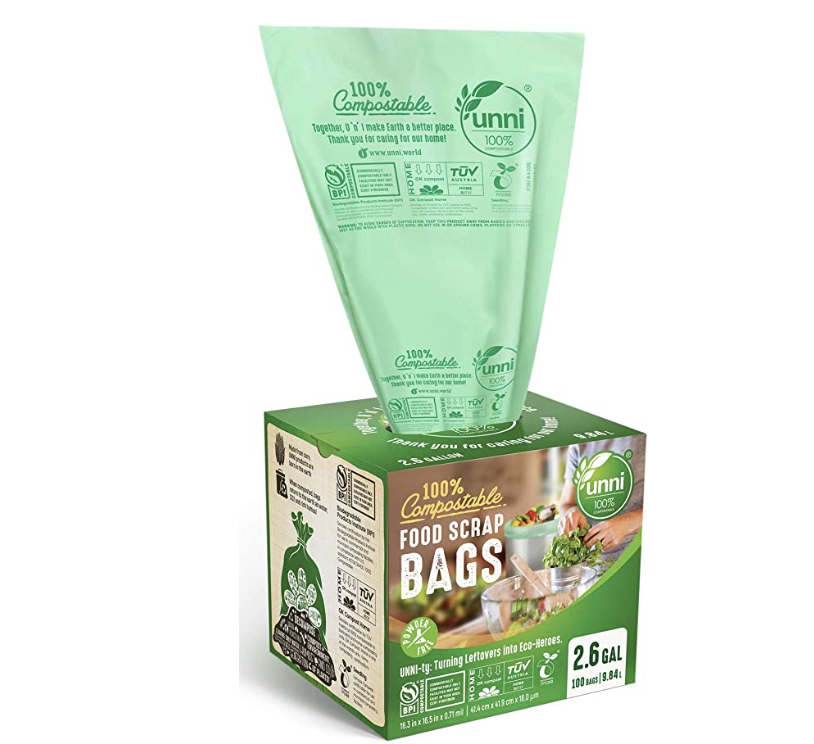
4. Swap Dryer Sheets For Dryer Balls
Ditch dryer sheets for dryer balls. The balls help in conserving water and energy as they soak up more water. Your drier thus uses less time and energy to dry your laundry.
5. Use Rechargeable Batteries
Batteries contain extremely toxic chemicals that can cause soil and water pollution. Batteries normally end up in landfills. Reduce this waste by using rechargeable batteries. You’ll save money and the earth.
6. Take Eco-Friendly Bags For Grocery Shopping
Why do we never carry our own disposable bags? Put one plastic bag inside each of your travel luggage. If you prefer reusable bags when you shop for groceries, it could have an enormous environmental benefit.
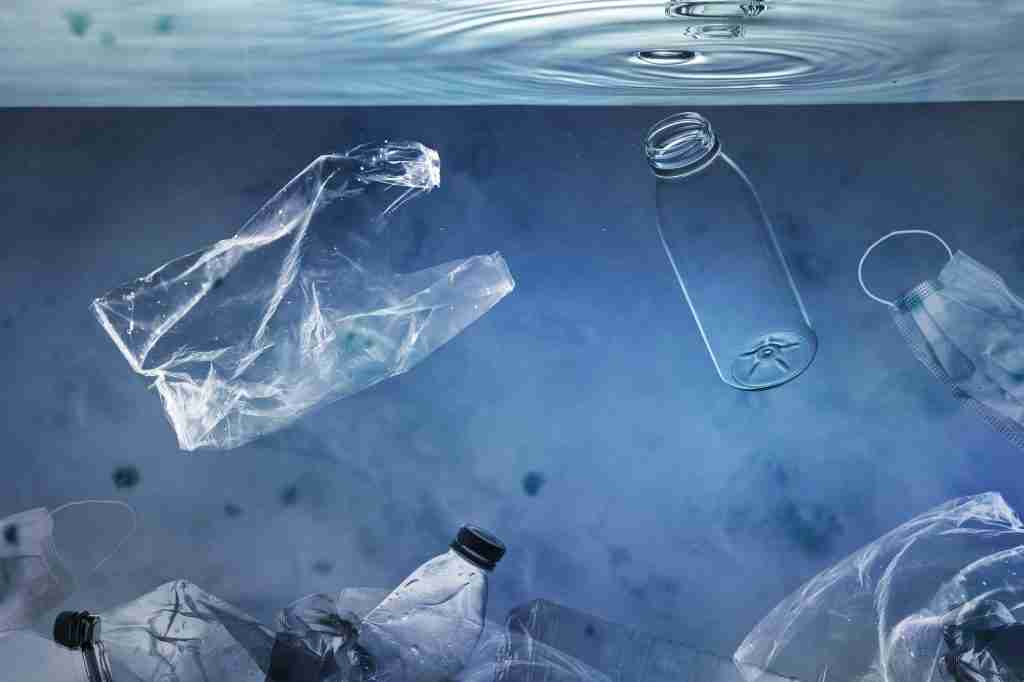
Reduce Plastic Waste
Every year, 500 billion plastic bottles are produced worldwide according to Life Out Of Plastic (LOOP). Plastics outlive us and will outlive our children. The good news is that it is in our hands, as consumers, to turn this situation around. We have the power to make manufacturers change the way they produce. How? By changing the way we consume.
There is more plastic in our oceans than most know. It’s disgusting to think we are eating plastic when we eat fish these days. It’s true.
- Avoid single-use plastics, such as drinking straws
- Recycle chewing gum… it’s also made of plastic!
- Replace plastic Tupperware for glass or steel containers
- Don’t use plastic bags- instead use recyclable ones
- Buy products without packaging wherever possible
Carry a reusable bag (instead of a plastic bag) while you shop and buy items without all that plastic packaging. If they’re packaged, choose reusable containers or made from recyclable materials.

7. Buy Fewer Single-Use Plastics
Has anyone ever looked at the amount of items purchased that contain plastic? Individuals discard plastic items rather than recycling them. Most single-use plastic end up in landfills. We must reduce plastic waste in our country.
Instead, buy products made of glass that are cleaner and more environmentally friendly.
8. Avoid Using Bottles For Shampoo, Conditioner, and Lotion
Over 80 billion plastic bottles are disposed of around the world every year just from shampoo and conditioner! Another way to reduce plastic waste is to consider using reusable bottles to refill your shampoo, conditioner, and lotion.
9. Say No To Plastic Produce Bags
Plastic bags are a huge mess for the environment. Buy a couple of environmentally friendly and reusable grocery bags. Throw in one in every bag you carry to work and in your car so you have one every time you go shopping.
10. Don’t Use or Serve Plastic Cutlery
Another simple way to be more eco-friendly is to use 100% Compostable Cutlery. I noticed in Europe they provide wood and other compostable cutlery. There is no reason we need to keep using plastic forks, knives and spoons.


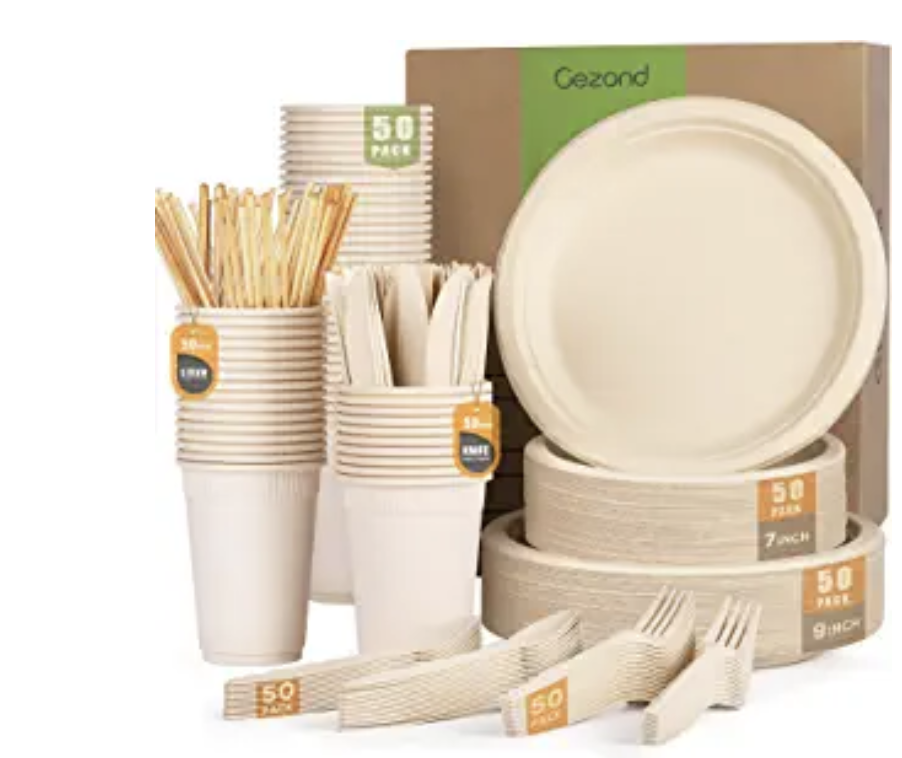
11. Say No To Plastic Straws
Avoid plastic straws to reduce plastic waste. Plastic straws are typically made from petroleum-based plastics, which are non-biodegradable and can persist in the environment for hundreds of years. When discarded improperly, they contribute to the global plastic pollution problem, ending up in landfills, water bodies, and harming wildlife.
Plastic straws are particularly harmful to marine life. They can be ingested by marine animals, leading to injuries, suffocation, and even death. The small size and shape of straws make them difficult to recycle, and they often end up in oceans, posing a significant threat to marine ecosystems.
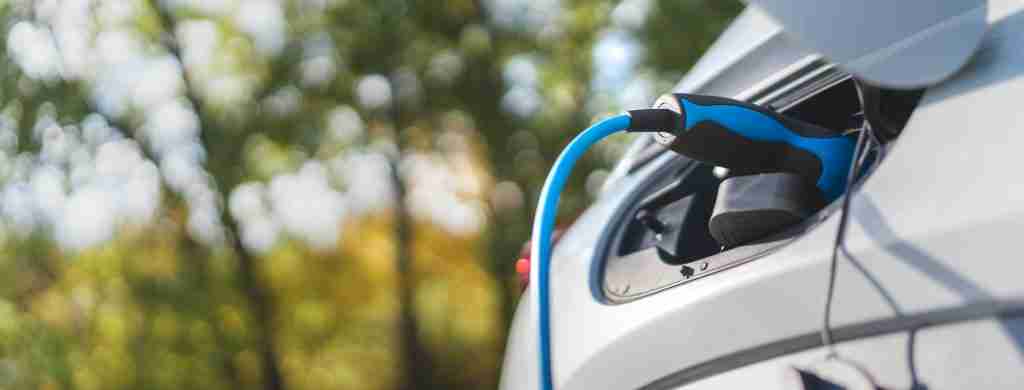
Reduce Pollution
12. Use public transportation
The more people take the bus or train, the fewer cars there will be on the road, and the fewer emissions there will be. Another suitable alternative is to carpool with friends and colleagues.
13. Start Biking or Walking- Improve air quality
If it’s your goal to be environmentally conscious and reduce the emissions of carbon, stop driving and get out on bikes and walk. Start small and run several errands at the weekend before adding extra car-free days.
We all know that cars play a significant role in contributing to air pollution and greenhouse gas emissions. Try using public transport, carpooling, walking or biking to reduce carbon emissions..
Embrace these options for a greener environment and less car dependency..
14. Consider a Hybrid or Electric Cars
Electric cars produce far fewer emissions than gas-powered cars.. This can help reduce air pollution,mitigate climate change and reduce your carbon footprint.
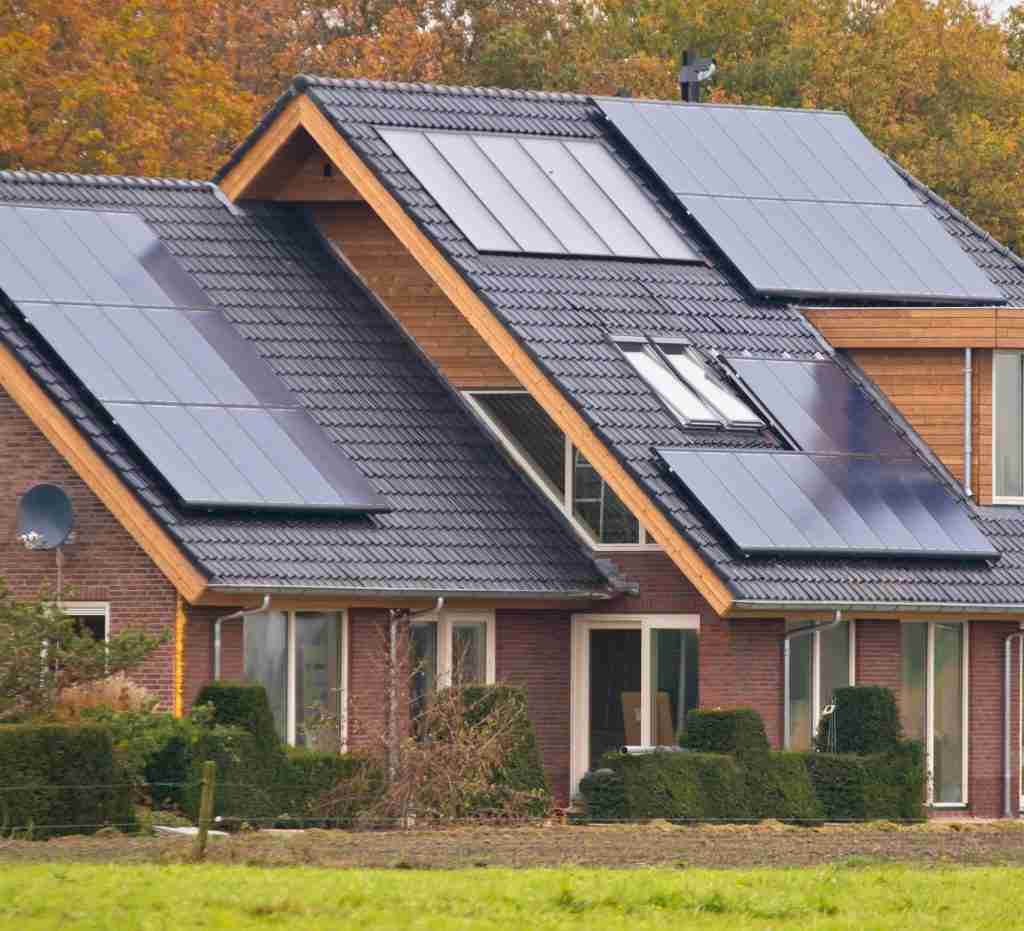
Save Energy
15. Switch To Solar Energy
Switching to solar power may be expensive initially, but it is a lot cheaper over time than using electricity. Solar electricity is in fact almost free and environmentally safe.
Going solar is now easier than ever thanks to new energy saving technology.
16. Turn Off All Appliances and Electronics, Not In Use
Switching off electronics without use will save energy.
Save energy by installing motion-activated light switches in areas that are infrequently used. There’s no need for lights to remain on continuously in such spaces. These switches detect motion and automatically turn the lights on and off, eliminating the need to rely on human intervention.
Motion-activated lights are helpful in rooms where kids forget to turn off the lights when leaving. Lights will turn on only when someone is in the room, conserving energy. It’s a convenient and practical solution that promotes a greener and more sustainable approach to lighting.
17. Turn Off Incandescent lights When You Are Not In The Room
Make sure you turn off your light immediately after exiting the room. Incandescent bulbs are very efficient consumers of power so turn off if you need one for a short duration or if not.
18. Don’t Run The Dishwasher or Washing Machine Until It’s Full
How could anyone do without sparking cooking? Putting dirty clothes in your dishwasher when you clean is a waste of water. You can just use the washing machine if it’s full.
19. Buy Energy-Efficient Appliances
Energy-efficient appliances optimize energy usage, leading to lower utility bills. Higher upfront cost, but long-term energy savings.. Yes, your energy bill will be less! Nice!
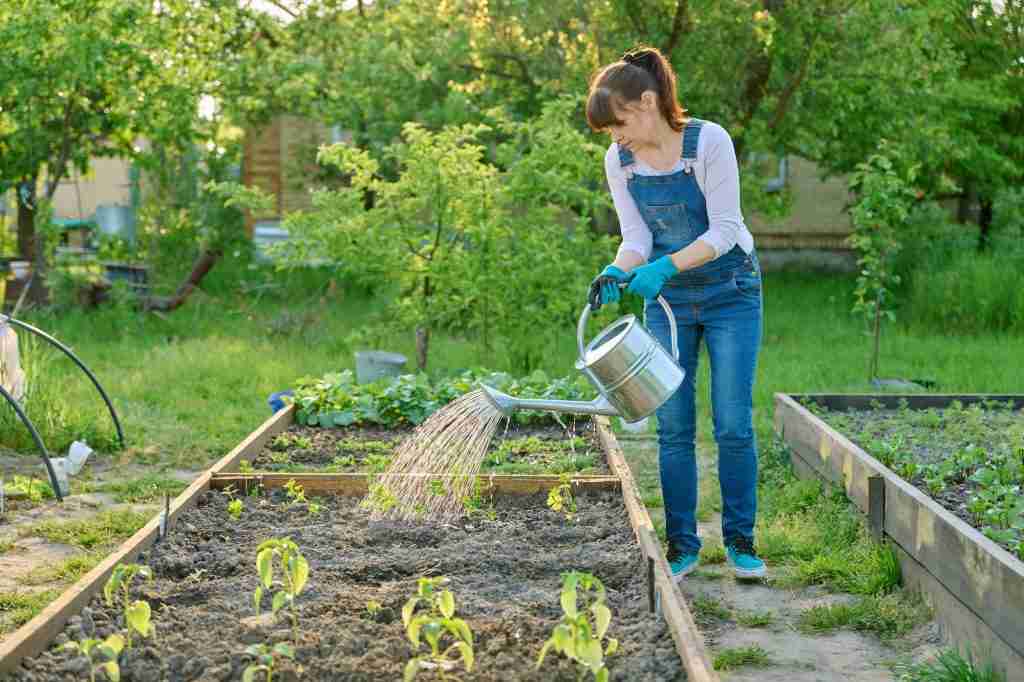
Conserve Water
Water is essential for us to survive so we need to use less and drink more. Families can make a significant eco-friendly impact by conserving water. Kids can turn off the tap while brushing, and all can help by taking shorter showers or only partially filling the bath.
The Environmental Protection Agency (EPA) states that the average family can unknowingly waste 180 gallons of water per week, totaling up to 9,400 gallons annually, because of household leaks alone.
That amount of water is sufficient for over 300 loads of laundry, to put it in perspective.. Conserving water is an effortless task that only requires mindful consideration and breaking old habits.
20. Water By Hand
If you have a small garden, water it by hand instead of using a hose. Watering by hand uses 33 percent less water than hose pipes. I use this simple way to be more eco-friendly everyday in the summer.
21. Fix Your Leaks
The drop might just mean the difference in water consumption. Fix the leakage in your home or call your local plumber for repairs or save the water.
22. Take Shorter Showers
The more time you spend in the shower, the more water you use. Duh right? Take shorter showers to save more water. Also, don’t let the water run as you soap up. Turn on the tap when rinsing yourself.
23. Get A Low-Flush Toilet
Typically, a household will flush the toilet on average 5,000 times per year. Old-style flush systems use about 3 gallons of water compared to just one gallon of water for a modern flush system. So use modern low-flush systems and save water.
24. Wash Clothes In Cold Water
If your washing machine has a temperature controlled temperature, then save about $116 every year. Spend it for a more productive purpose. How simple is this way to be more eco-friendly?
25. Rein In Heating and Cooling
Combining heat-cooling and heating is about half the energy used by households. Use of programmable thermostats reduces energy use. If there is any reduction in temperatures at the beginning or end of the summer, your electricity costs could increase by about 1%.
Increasing the temperature or heating temperature in your home for eight hours a day can help lower energy costs.
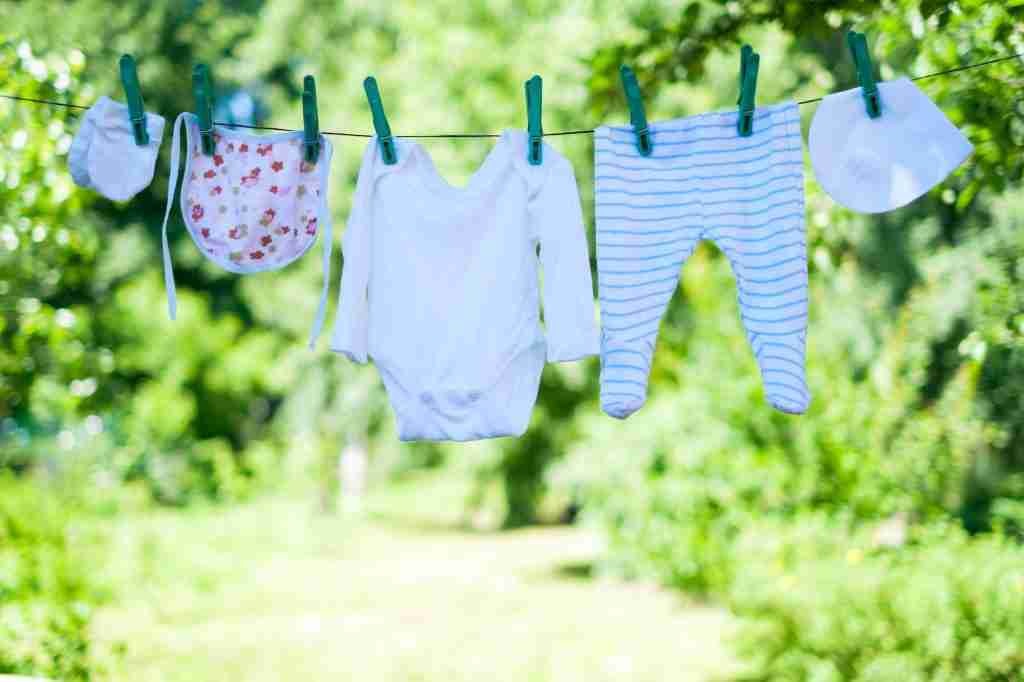
26. Invest In A Clothesline
This may sound old fashion but it works! Your clothes dryer is a significant household energy source which emits a ton of carbon annually.
Air-dried clothes can help cut greenhouse gases by 2400 pounds a year, according to an environmental group.
When using the dryer, use the setting that automatically shuts down if the garment doesn’t get wet.. Makes a few extra minutes for laundry. Make note that if you add damp clothing into loads that are already partly dried, you’ll lose energy.
27. Water Your Garden In The Early Morning
Watering your plants in the morning requires less water as the temperatures are cooler. Watering plants in the morning saves water as the temperatures are cooler and evaporation is less compared to evenings.
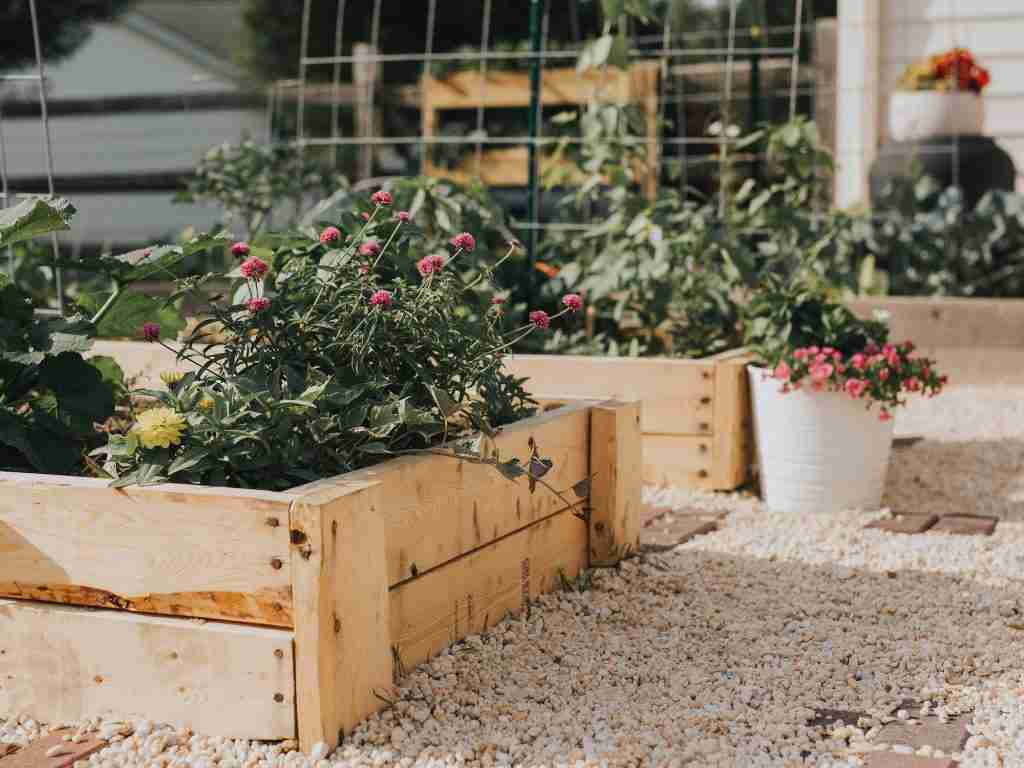
Food Habits
28. Grow Your Own Food
I love having our own vegetable garden. The food is fresh, healthier and helps the environment. By growing your own food, you eliminate or reduce the need for transportation, cutting down on “food miles.”
Commercially produced food often travels long distances, releasing greenhouse gases. Consider using sustainable coastal crushed oyster shell in your garden and landscape. Gardening is good for our mind, soul and body.
You won’t believe the simplicity with which you can make homemade food.. You can start with cherry tomato salads, green beans, etc. The only way to do the gardening is to grow food from windowsill in flower pots..
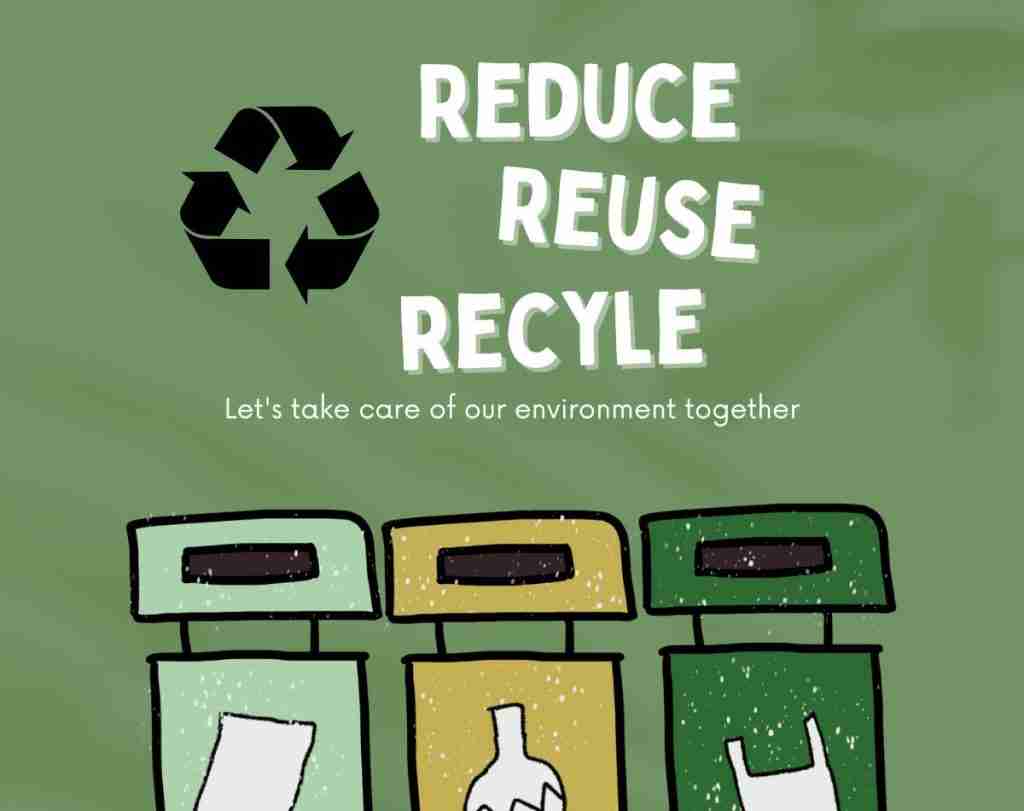
Up Your Recycling Game
29. Encourage the Mantra ‘Reduce, Reuse, Recycle’
For example, follow the three basic principles to help improve an office environment. Office containers need to be constructed for various kinds of products. You could recycle paper, plastics or soda cans instead of throwing them all together in one pile.
Reduce energy consumption by turning off the lights, use a reusable water bottle and invest in energy-efficient light bulbs.The next time one of your light bulbs blows, replace it with an energy-efficient LED bulb.
30. Recycle Everywhere You Go
Use recycling bins for paper, plastic, and soft drink cans, rather than throwing everything out in one bin. Wherever you go, always look for the option to recycle.
Teach your kids the recycling game. Turn recycling into a game and make it fun for your kids to build recycling habits early. For example: Give each of your kids their own recycling container and challenge them to fill their container appropriately for a prize.
Don’t forget the electronic waste. Electronic waste needs to be disposed of and recycled properly. Seek the services of electronic retailers who provide recycling bins for discarded electronic appliances.
31. Compost Your Food Scraps
Start a compost pile. Composting food scraps instead of throwing them away. Its free fertilizer, plus you’ll have to empty your trash can a lot less. Place a container with a lid under your kitchen sink and throw in coffee grounds, eggshells and fruit and veggie scraps. Dump into your outside compost when full.
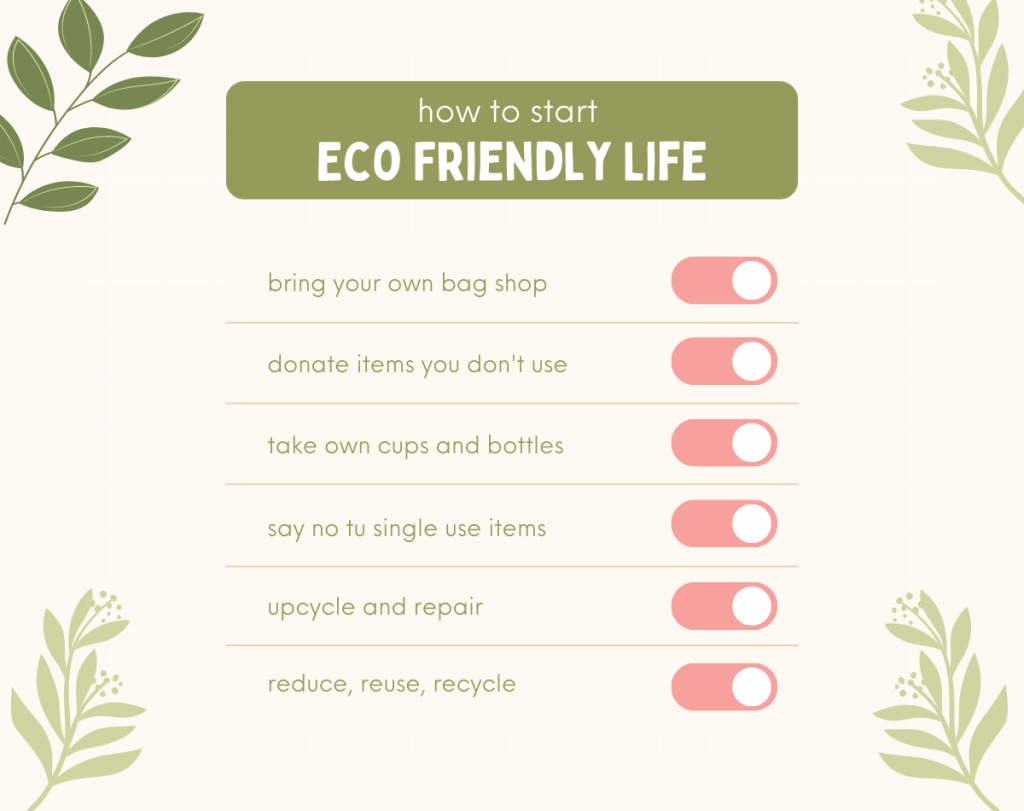
Shopping Habits
32. Shop Pre-Owned Sustainable Items
By shopping pre-owned, you support the concept of a circular economy where products are used over and over. You can purchase new or used furniture on eBay or Craigslist. These secondhand goods are great sustainable alternatives.
Consider renting a formal dress from Rent The Runway. It’s a sustainable approach to fashion these days.
Shopping pre-owned items supports small businesses.. It creates job opportunities and promotes community involvement..
33. Donate Unused Items
Before you buy more goods, donate unused items. I’m pretty sure you have stuff around your home that you no longer want or use. Don’t throw them out, donate them instead. There are people who could use these things.
34. Research Before You Shop
It has been a while since brands have been promoting eco-friendly products. Clothing and footwear makers are investing in eco-friendly production. Which ones?
Before you go shopping, do your research. See where you can reduce your environmental impact by reducing your carbon footprint. You should always reduce spending on something new, especially the things that have changed in your life.
35. Eco-Friendly Beauty
It’s crucial to prioritize both our skin and the environment by opting for non-toxic beauty products. These products are free from harmful chemicals, parabens, phthalates, and genetically modified ingredients.
Brands like Violets Are Blue and Thrive are fantastic examples of all-natural beauty brands that rival synthetic makeup brands. They offer high-quality products that are both safe for our bodies and gentle on the environment. By supporting these brands, we contribute to the shift towards healthier and more sustainable beauty choices.
36. Shop Local
Local shops normally sell products loose, thus promoting the use of reusable packaging. So go on support your local economy by shopping at the local farmer’s market or greengrocers.
37. Buy Ethically Made Fashion
Ethically made clothes normally have eco-friendly materials instead of polyester. Polyester is very difficult to compost, as it takes over 200 years to decompose. Ethical fashion brands are also strict followers of fair trade and promote labor ethics.
Check out these top ethical fashion brands: ThredUp, PACT, and Everlane.
Other Ideas
38. Stop Junk Mail
Take a look at your mail and weed out all the subscriptions you have that you no longer need. All those envelopes that you throw out without even opening need to stop coming in the mail. Cancel them.
39. Plant trees
Tree planting and adding evergreen shrubs can help absorb carbon dioxide from the atmosphere and provide shade, which can help cool your home and reduce energy use. You’ll be joining thousands of lumber companies – the number one contributor to reforestation.
Consider also adding plants in your home for home decor and fresh air.
40. Practice Sustainable Travel
Practice Sustainable Tourism Following the pandemic, people have become more aware of their cultural, economic and environmental impacts as tourists, with 72% of people surveyed by Booking.com admitting that they think sustainable travel is vital.
41. Sustainable Gardening
Opting to garden sustainably also has a variety of benefits for your lawn and garden:
- Planting native plants means fewer invasive species and weeds can thrive.
- Climate-appropriate plants grow bigger and stronger with less maintenance.
- Avoiding fertilizers and pesticides makes for a safer lawn and garden for your family to enjoy.
- Add crushed oyster shell to to your landscape plan- it looks great and keeps giving back.
- Consider crushed oyster shells for landscaping and weed control.
42. Replace Dryer Sheets With Reusable Dryer Balls
Ditch dryer sheets for dryer balls. The balls help in conserving water and energy as they soak up more water. Your drier thus uses less time and energy to dry your laundry.
43. Consume less
We accumulate way too much waste in America. Many of us are guilty of buying stuff just because they look good at the moment. To truly live an eco-friendly lifestyle, practice buying just want you NEED.
44. Eliminate Single-Use
A lot of the plastic we use around the home and office is for single use. A lot of plastic utensils, paper napkins, and plastic water bottles end up in the trash. Where you can, replace everything you use once with reusable items.
45. Insulate Your Home
If you insulate your home, heat won’t escape and you will not only save money but valuable resources. Eco-friendly living is the new hot home trend and building more insulated homes is a must.
46. Go Paperless For All Your Bills
We live in a digital era where almost everything we need is available on our phones or computers. Cancel all your paper bills and bank statements and instead subscribe to receive them online.
47. Bring Your Lunch To Work
As RecycleWorks.org notes, disposable lunches generate 100 pounds of trash per person each year. Pack your lunch and reduce trash.
48. Go digital
If you have a business consider going digital. One employee uses on average two pounds of paper every day. Going digital will help reduce paper waste.
49. Minimize the use of insecticides, herbicides, and fertilizers
Use such chemicals only when needed. For instance, don’t spray your lawn or garden unless there’s an issue that you specifically need to deal with.
50. Use A Safety Razor
Did you know that the US alone throws out 2 billion non-recyclable razors. Yikes!Use zero waste razors that are all-metal and have recyclable blades. You also get to spend very little to refill zero waste razors as compared to refilling plastic razors.







